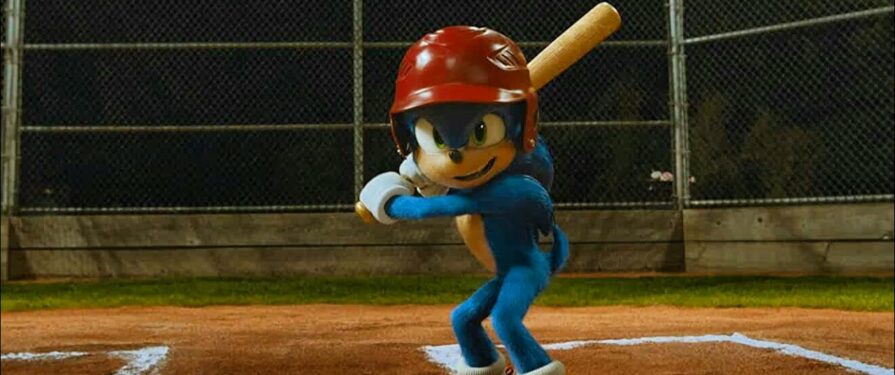*** SPOILER WARNING: THIS ARTICLE CONTAINS PLOT DETAILS AND SCREENSHOTS FROM THE END OF SONIC 2 ***
When I went into the first Sonic movie more than two years ago, I wasn’t expecting much. I was incredibly cynical about the whole affair, in fact. “Sure,” I thought, “they made the design better. But plenty of terrible movies can still look nice.” Then, the Paramount and SEGA logos rolled, and the movie spent the next 13 minutes winning me over, before one moment finally sealed it. It demonstrated this movie was going to be more than pop culture references and Jim Carrey being Jim Carrey. This was a movie about a lonely kid that, shockingly, had a heart. Here, SEGA’s cool blue mascot was in a bad place, and desperately needed to find a way to move forward.
By the end of it he did, and it all started at a baseball field.

After giving the audience a tour of his adopted home, Green Hills, Sonic goes to a baseball game. A team wins, and they celebrate together, something Sonic is clearly envious of. Later, after nightfall, Sonic takes to the field and uses his speed to pretend to be an entire team. As a scene, there is a lot to like here: it features a creative use of Sonic’s speed, it shows what he’s capable of, and it also gives more screen time to establishing his character. The personalities Sonic gives his “teammates” are cute, and Ben Schwartz does a superb job bringing the whole thing to life. But then Sonic hits the ball, fails to catch it, “wins” the game by a hair, readies himself for the same sort of adulation he saw earlier only to experience…nothing. Because he’s alone.
For a moment, his cheerful façade cracks, and Sonic does something he never does in the games: he loses his cool. Overwhelmed by his loneliness, he unleashes all his pent-up frustrations by running laps around the field. This leads to a power outage across the entire Pacific Northwest, which naturally gets the attention of the US government and leads to Sonic getting discovered. More importantly, it also starts Sonic on a two-movie-long journey to finally experience what he saw on that field.
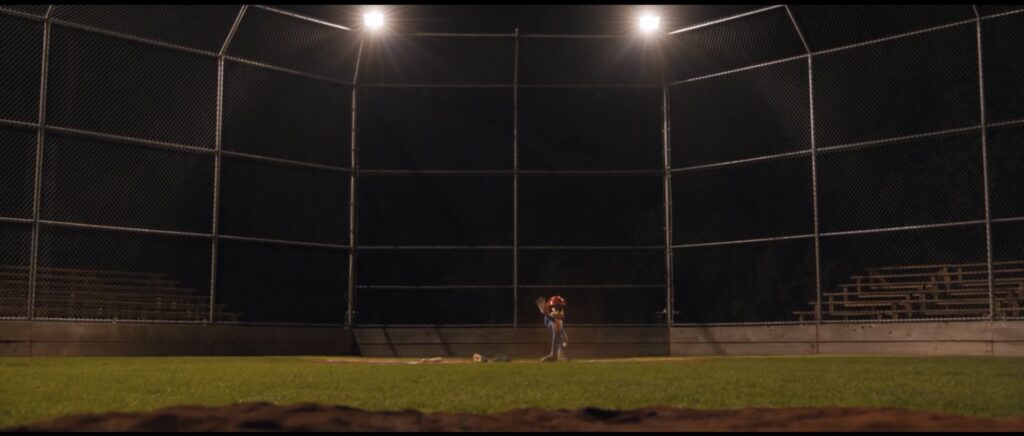
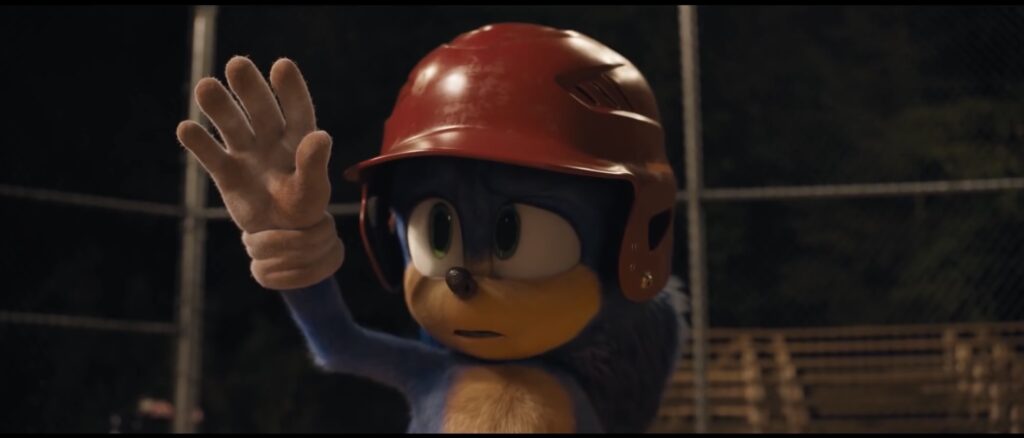
Two years later, Sonic was playing baseball again, but this time he wasn’t alone. He had an entire family to play with, celebrate with, and go off for ice cream with. As a scene, it acts as a very effective bookend to Sonic’s journey to end his loneliness and find his place in the world. Years after losing one family, he’s found another.
The through line these scenes book end ultimately make up the emotional core of these otherwise fairly trivial popcorn flicks, which makes them probably the most important ones of the entire film series so far. As cool as any of the action sequences are, and as effective as the characterization is for Sonic, Knuckles, and Tails, it would all mean next-to-nothing without that emotional core. Enjoyable movies aren’t built on action, pop culture jokes, weird Jim Carrey antics and Olive Garden gift cards. They are built on character, more specifically making audiences care about those characters.
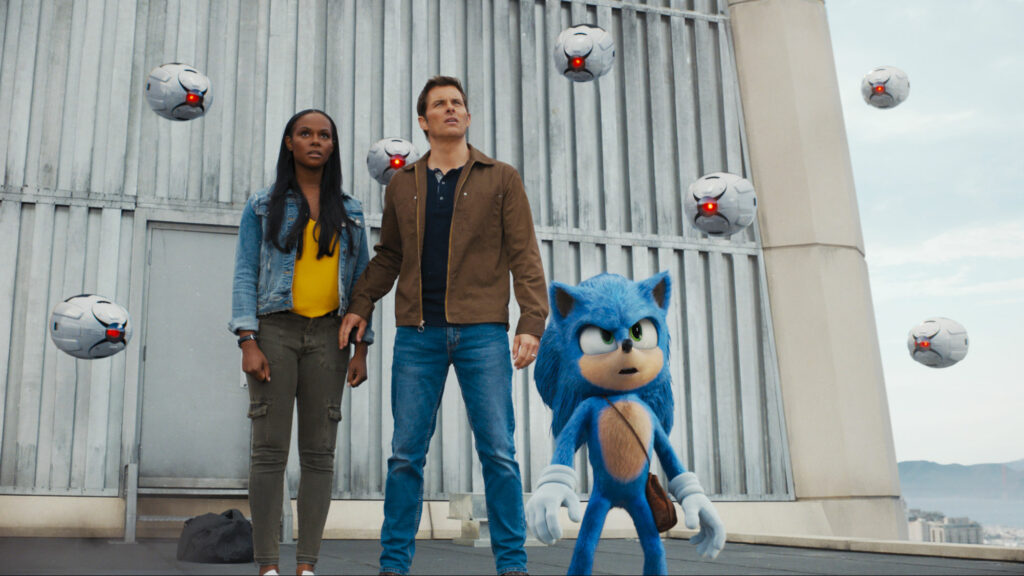
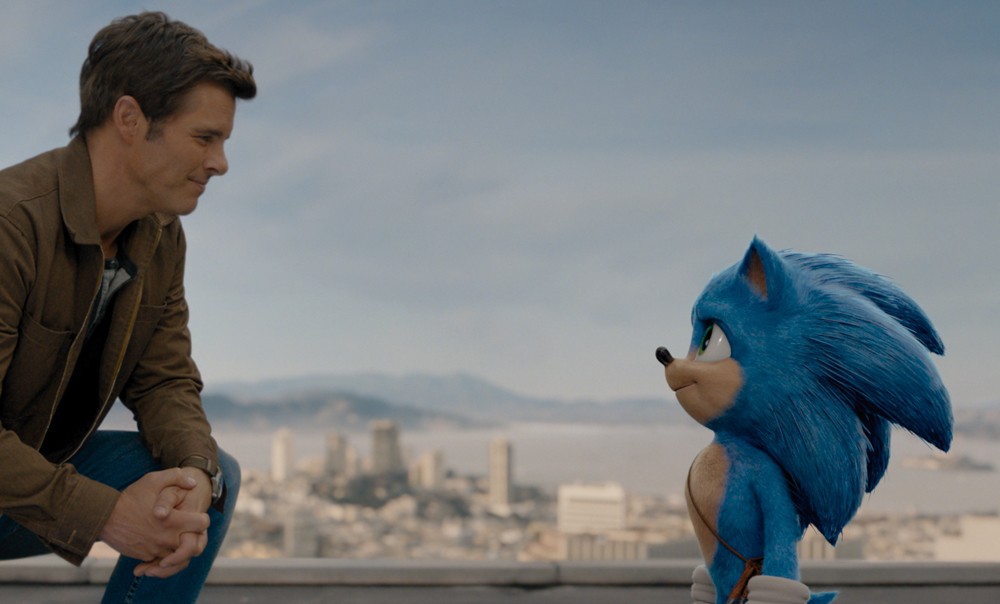
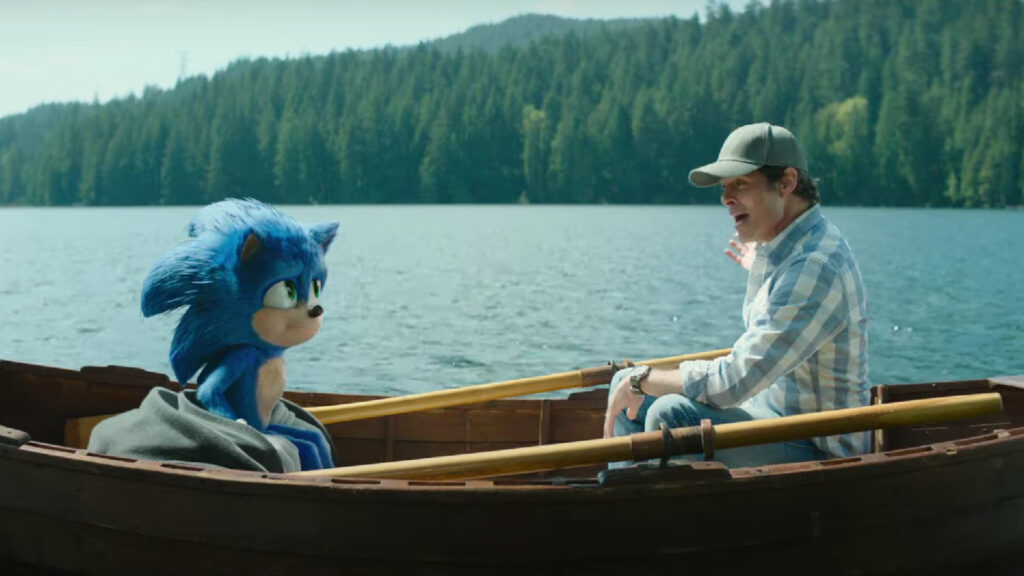
Caring about Sonic and wanting to see him find that family he so desperately needs gives those action scenes weight. They make the bad jokes and Jim Carrey antics bearable. They make Sonic feel like a character and not a walking collection of dated references, and they give him a means to connect to characters like Tom, Tails, and Knuckles, creating the most effective and impactful scenes across both movies.
Of course, plenty of movies do the “found family” thing better, with Pixar’s Luca and Marvel’s Guardians of the Galaxy executing it more effectively. The concept is also nothing new for Sonic as a franchise. Tails is Sonic’s little brother in the games, and the Freedom Fighters are basically Sonic’s surrogate family in both SatAM and Archie. Regardless, if someone had told me a few years ago that I’d get a little emotional at a scene in a Sonic movie where Sonic called a human “dad,” I’d call you a damn liar.
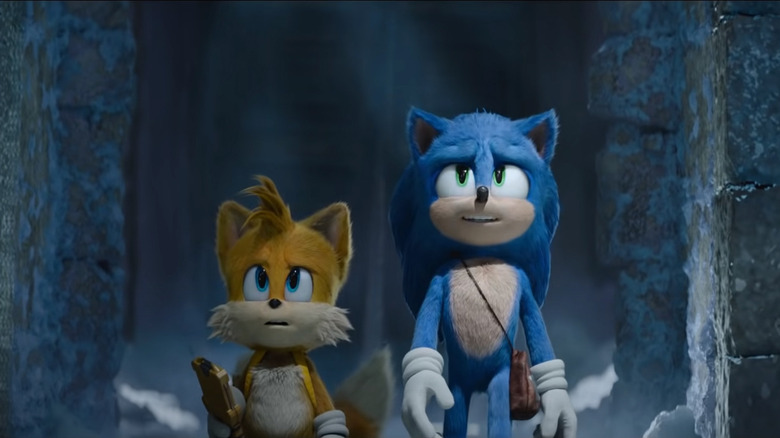
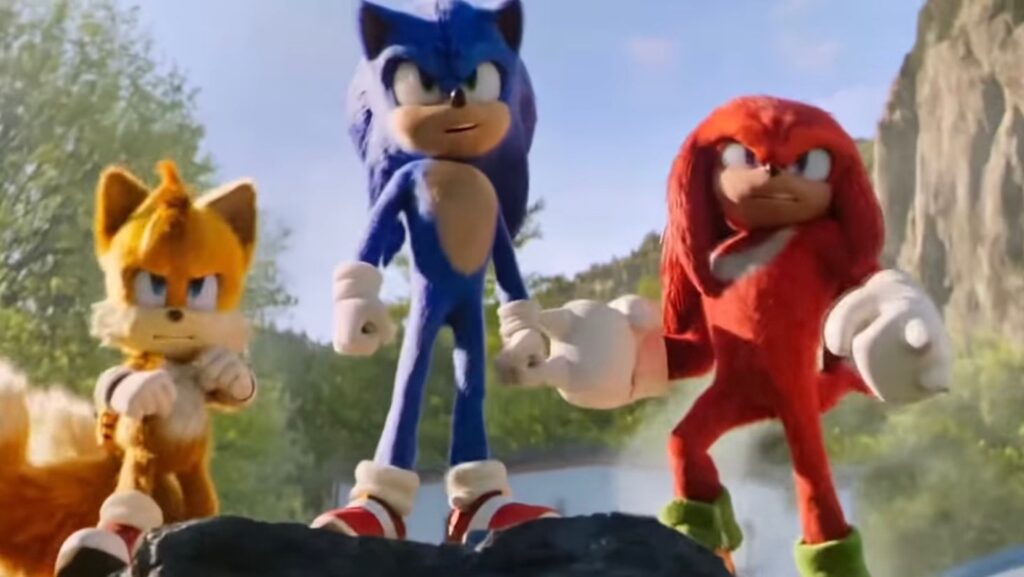
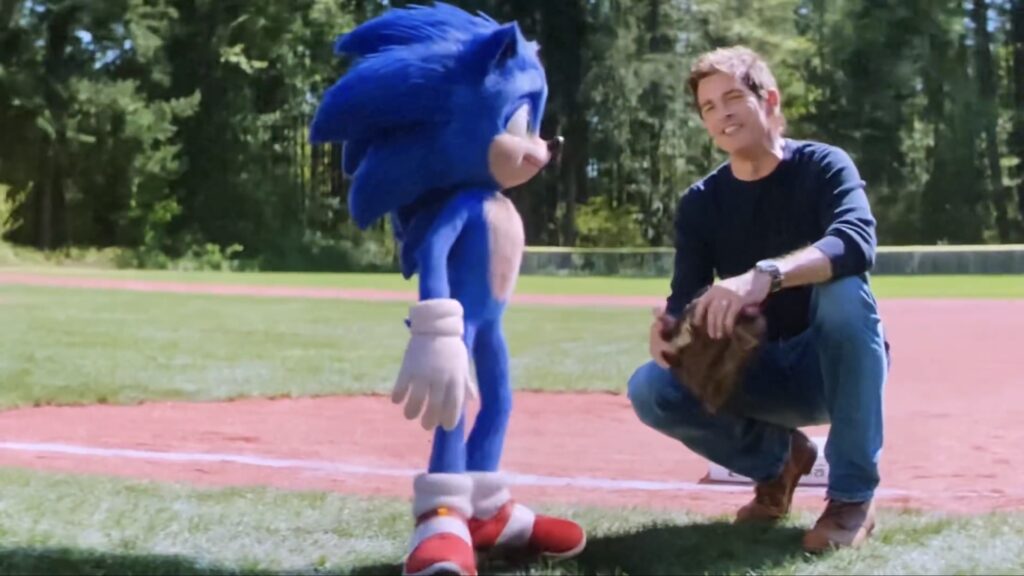
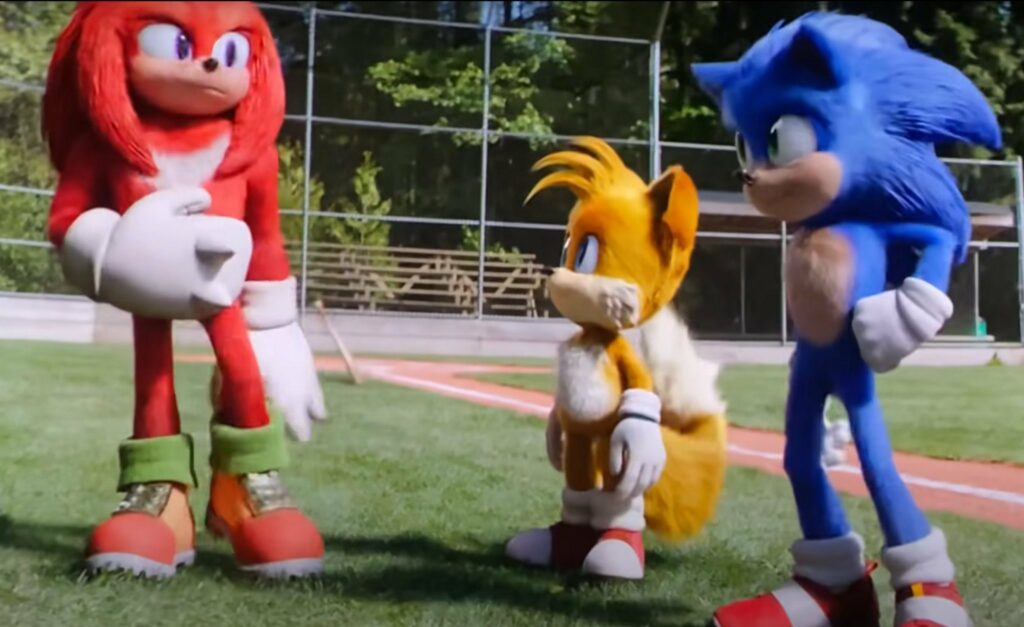
These movies had everything going against them from the beginning. From out of touch executives, to the terrible track record of video game adaptations, to how regularly terrible movies with cartoon animal sidekicks usually are! And yet, somehow, Sonic was able to find box office, audience, and (modest) critical success. Twice. Some will put the credit on the redesign and “listening to fans,” but the actual reason is much more fundamental: the movie’s writers were smart enough to give the characters heart, rooted in a game of baseball, that sprang forth into the most successful video game film franchise of all time.
As we move forward into a wider cinematic universe, I can only hope the Sonic Movie Universe’s creatives don’t lose sight of this. That heart is something that must be built upon and expanded, in order to keep audiences invested in these characters and their adventures.

